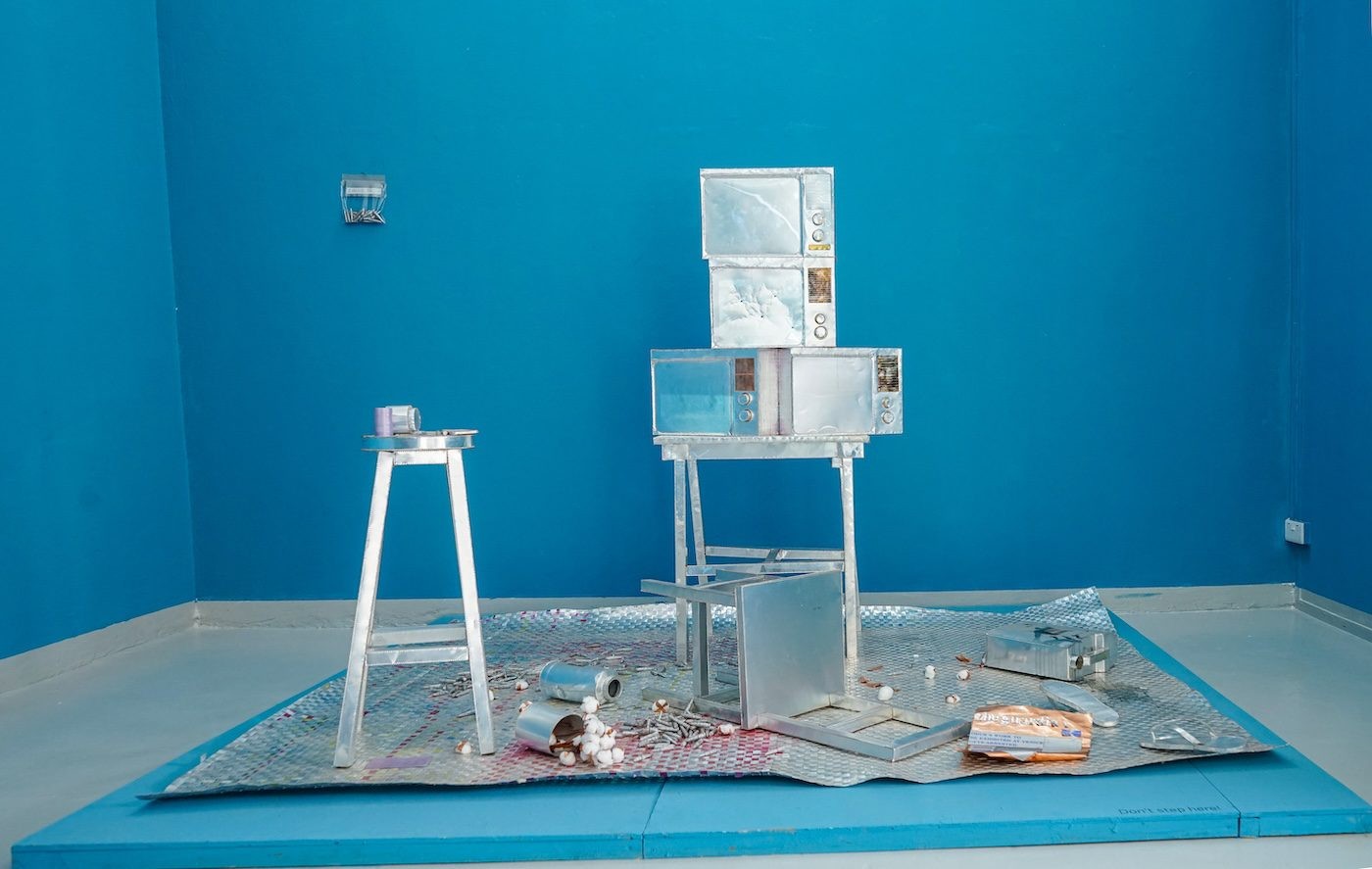Nakitende Sheila Is Giving Barkcloth New Meaning
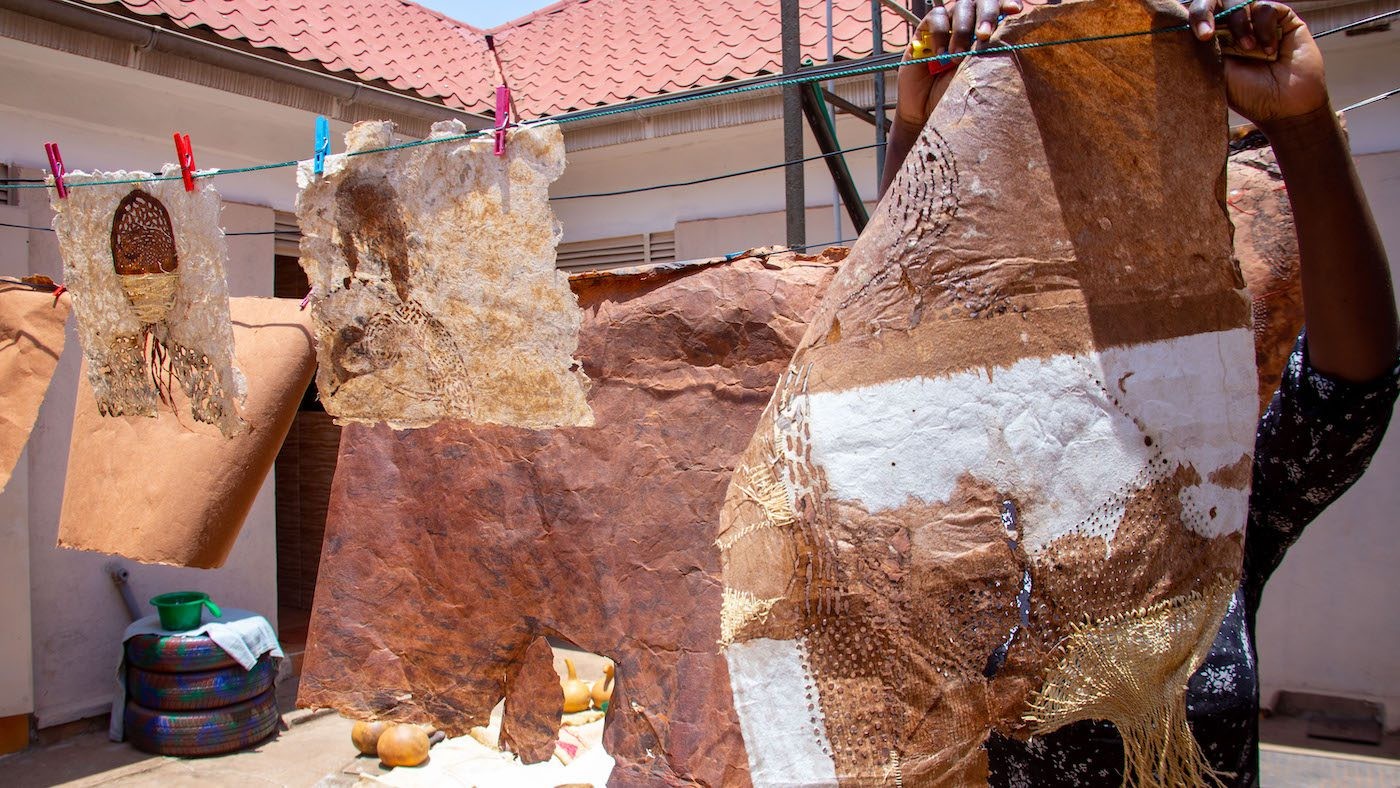
06 July 2021
Magazine C& Magazine
5 min de lecture
Sheila Nakitende explores the realities of cultural evolution through barkcloth papermaking. Her multidisciplinary, research-based practice uses traditional materials and techniques to tackle life’s transformations and materiality, with a specific focus on cultural identity and preservation. Her practice extends and develops the techniques of making barkcloth. Nakitende’s works are architectural buildings within themselves. Usually, in art, …
Sheila Nakitende explores the realities of cultural evolution through barkcloth papermaking. Her multidisciplinary, research-based practice uses traditional materials and techniques to tackle life’s transformations and materiality, with a specific focus on cultural identity and preservation. Her practice extends and develops the techniques of making barkcloth.
<div class="imwrap"><div class="row">
<div class="col-lg-12 col-md-12 col-sm-12 col-xs-12 imagecont">
By Nakitende Sheila. Courtesy of the artist.
Nakitende’s works are architectural buildings within themselves. Usually, in art, when one thinks of architecture one thinks of spaces to show art, but her pieces already constitute so much space that we have to think of them as embodied architectural objects. Their materiality is striking, very dense with textures formed as their elements are put together. They look like maps but not the ones categorizing and dividing territories and countries – more like landscapes of sensualities, cards of experiences.
Nakitende uses natural textures such as raffia, banana fiber, and handmade barkcloth to create patterns and an intense range of sensations. She has developed a technique whereby the barkcloth is first shredded and soaked, then boiled with sodium bicarbonate. In some instances it is left to ferment naturally, mixed with inflaming agents. It is manually beaten to pulp before being pressed and dried. While drying, the paper is subjected to natural and mechanical forces. It endures aggression like bleaching and burning. The quality achieved often depends on careful perforation, fastening and sewing back its tatters together; weaving, connecting twisted sisal ropes, or binding it to cover holes with patches of sisal like an effort to repair. Abstract and organic formations are enhanced through twisting, stitching, and burning. All this deconstruction and reconstruction is a reflection on the relationship between humans, their environment, and cultural advancement. Reworking traditional techniques such as weaving and stitching can be incarnate of human survival, meditation, and healing in these fast-transforming times.
<div class="imwrap"><div class="row">
<div class="col-lg-12 col-md-12 col-sm-12 col-xs-12 imagecont">
By Nakitende Sheila. Courtesy of the artist.
“My process is therefore not to be rushed,” says Nakitende. “The harvested barkcloth initially revisits the traditional process of hand beating. It is used to make different variations of paper which takes on other forms of expression as drawings, textile, and sculpture.”
Nakitende uses local craft-making techniques in creating her contemporary works. The 600-year-old craft of lubugo, fabric making with barkcloth, is a preserve of the Baganda people. Because of its warmth, it was used as clothing and bedding before cotton spinning and woolen blankets. Because of its embalming qualities it is still used to wrap corpses at funerals. It is harvested from the Ficus natalensis tree (or the natal fig) is locally known as Mutuba. The Fig tree the bark regenerates after every harvest. A mutuba’s bark can be harvested annually for up to forty years, yielding up to 200 square meters of cloth per tree. The tree’s roots are unusually water-retaining and regenerate soil quality. The Baganda plant the trees all through their gardens – for it supports sustainable agriculture throughout the year, including dry seasons. For this, it might be regarded as a tree of life. On harvesting, the sodden strips of its fibrous inner bark is roughly one foot wide. When gradually hand-beaten with a wooden mallet, it can spread up to two meters wide depending on what is required. Highly textured, it comes in cream and a rich earth brown color. Nakitende takes its fiber to make paper of various qualities that can be used in modern printers.
<div class="imwrap"><div class="row"><div class="col-lg-7 col-md-7 col-sm-7 col-xs-12 imagecont">
By Nakitende Sheila. Courtesy of the artist.
Nakitende’s process requires the intentional handling of a living object. She introduces combinations of cream and brown fiber and draws forms with the contrasts. She uses various gradations of the pulp – from fine to course – to achieve texture. Some have a delicate lace-like quality, some are smooth as velvet, and others are glossy as wax. She intensifies the surface’s character by punching and drawing with fire, or fastens and joins it to twisted woven sisal, sometimes carefully covering its tatters with patches or sawing up tears in an attempt to care.
The result is a landscape of sensual fragile textures. The works have an inviting aura. They can be experienced through touch and talking, explored intimately in their ephemeral performative existence. They are light and thin as well as strong and robust, bound to outlast our existence. They seem to address chains of behavior and the potential to physically affect change in the course of nature. Their repeated spatiotemporal patterns highlight the complexities that arise from simple behavioral patterns in any society – technological adaptations, biological patterns such as genes and disease mutations.
<div class="imwrap"><div class="row">
<div class="col-lg-12 col-md-12 col-sm-12 col-xs-12 imagecont">
By Nakitende Sheila. Courtesy of the artist.
On seeing Nakitende’s work, the sculptor Dorothea Nold said: “When I look at those works again and again, it feels like looking at someone you love, and every time discovering a new wonderful thing. And to see their beauty and intensity and pain and hardship. But it lets you see it, with no protection, allows you to get in touch, inviting you to encounter the all, and that makes it so touching, responsive, and it feels like a relationship.”
Nantume Violet is a curator and director at UNDER GROUND, a gallery and contemporary art space in Kampala, Uganda. She has worked as cultural producer for several years and has had collaborations in Eastern Africa, Ghana, South Africa, and Germany.
Plus d'articles de
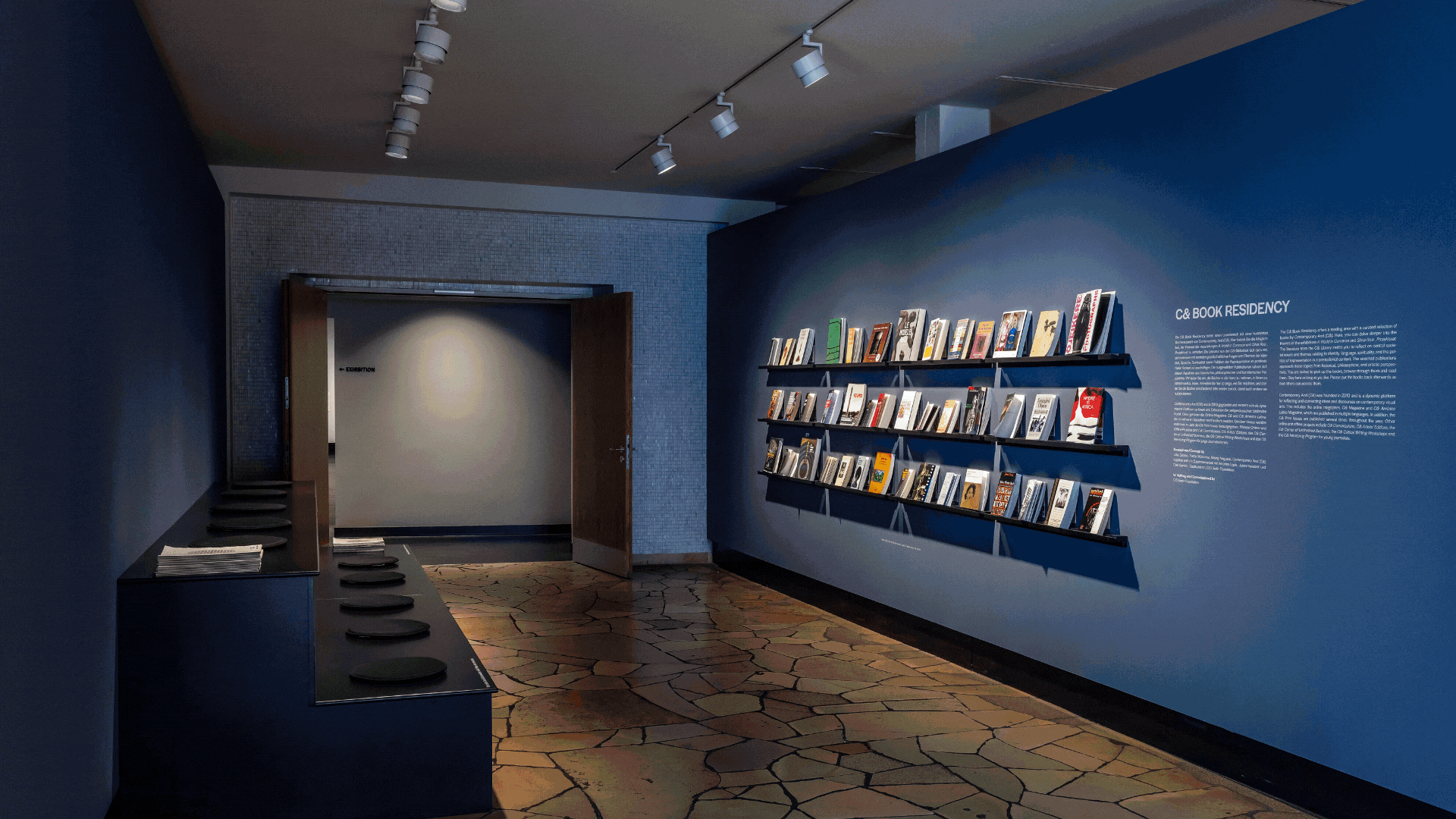
C& Highlights of 2025

Maktaba Room: Annotations on Art, Design, and Diasporic Knowledge

Irmandade Vilanismo: Bringing Poetry of the Periphery into the Bienal
Plus d'articles de
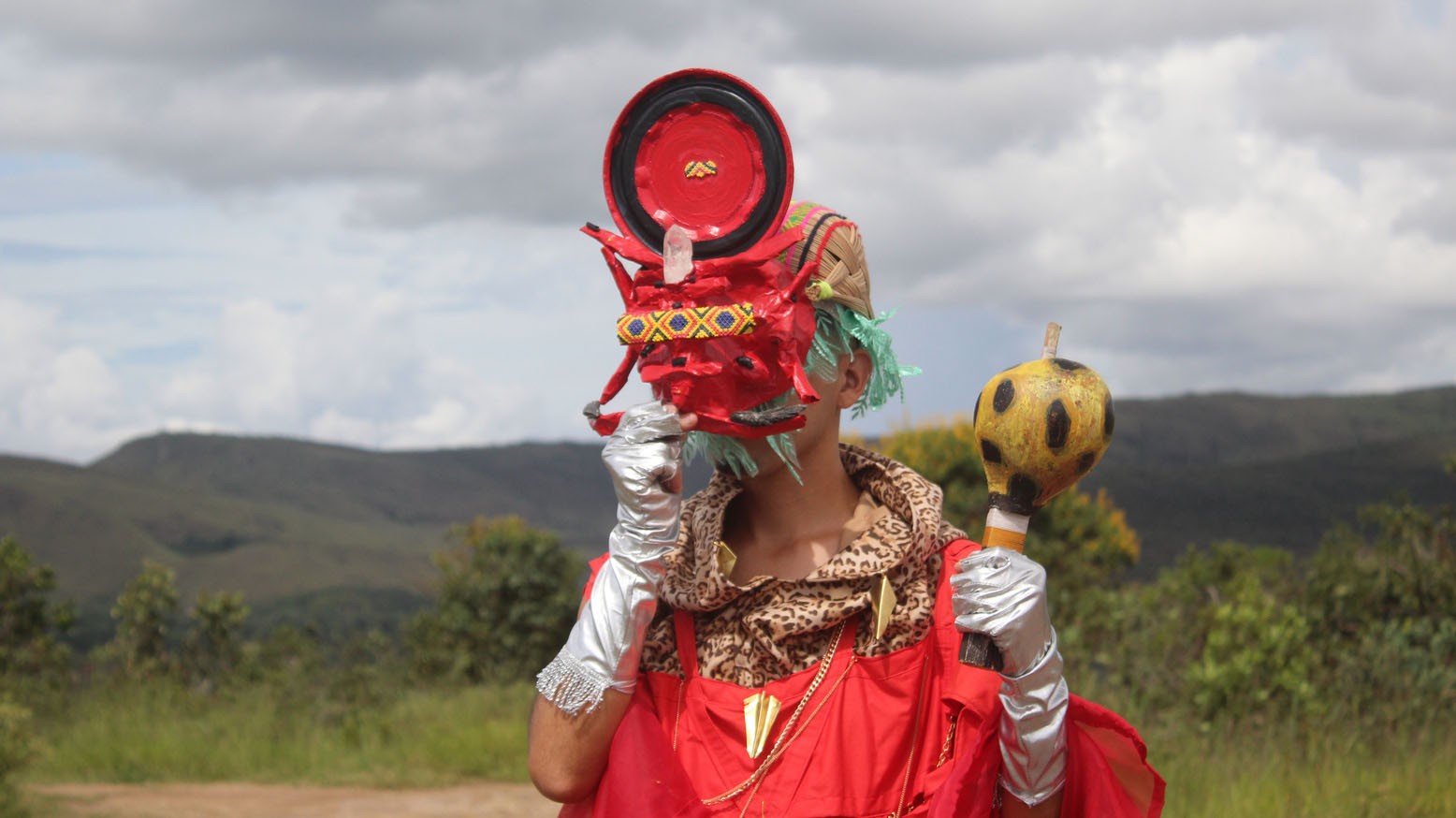
Biophillick: Connecting Ancestries Through Technology
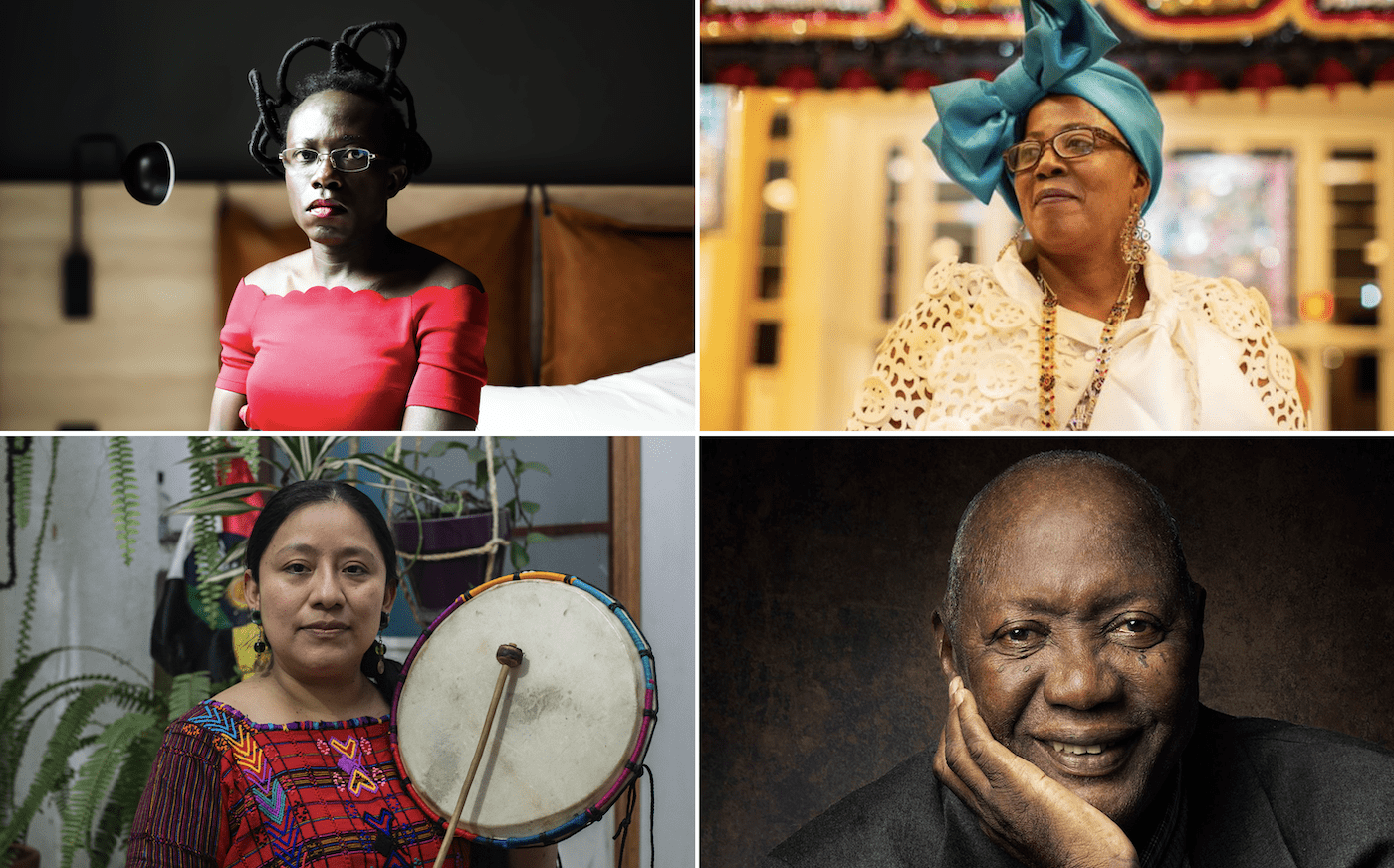
Prince Claus Impact Award Presented to Six Artists from Diverse Disciplines
